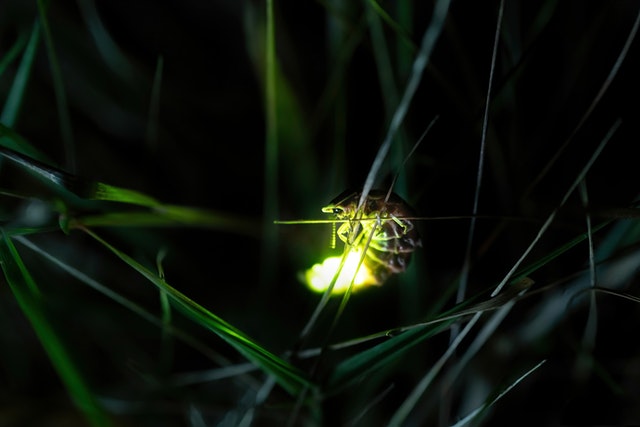By David Wall, Mount Pleasant Master Gardener
I’ve seen a few fireflies this summer, which brought back childhood memories of seeing them by the thousands on summer nights, and we could catch them in our cupped hands to watch them flash. Though they have the name fireflies, they’re actually beetles, which is why most of us call them lightning bugs (LB).

LBs have a chemical in their bodies called luciferin. When this combines with chemicals in the air, it creates the flash we all remember. The light created is almost unbelievably efficient, approaching 100%, whereas the regular light bulb is only around 10% efficient, with the rest resulting in heat rather than light.
Basically, the flashing started by the male says, “Hey ladies; Here I am!” It’s said that males who can flash longer and faster tend to have better luck. If a female decides this may be the guy for her, she has an extremely short time frame to flash back, or else her return will be ignored. Different species have different flash colors (yellow, red, green & orange), lengths and durations as well as different responses. There is, however, a danger in all this. Other preying bugs with similar flashing capabilities can attract LBs who then become a nice, satisfying meal.
As mentioned earlier, LBs now seem to be few and far between, and there appear to be a multitude of reasons. The most obvious reasons are all the chemicals put out to kill bugs. Added to this are chemicals that penetrate the ground where LB larva are living. LBs live in one place and don’t migrate. If fields become cities or roads, they die. City lights tend to confuse them, so they really prefer to be in more small towns and rural areas. Having your own darkened (no lights) backyard “jungle” can attract LBs.






